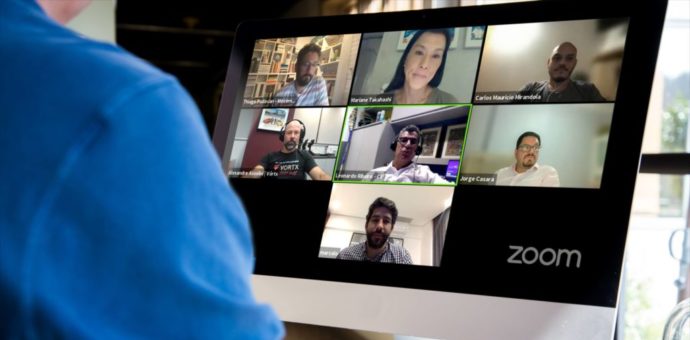Only three were selected of the 33 projects enrolled in the first regulatory sandbox of the Securities and Exchange Commission of Brazil (CVM). Of these, two use blockchain technology to enable their solutions.
The project presented by the companies Câmara Interbancária de Pagamentos (CIP), Beegin Soluções em Crowdfunding and Flow Representações (Finchain) proposes to use blockchain technology to tokenize securities aimed at small and medium-sized companies, with issuance under CVM Instruction number 588. On the other hand, the project of the companies Vórtx Distribuidora de Títulos e Valores Mobiliários and Vórtx QR Tokenizador will tokenize shares of closed-end funds and debentures. In its initial phase, a platform that will digitalize financial assets will be developed.
“Many of the projects that have not been selected are amazing. The issue was not the absence of innovation, but it is necessary to remember that the goal of the sandbox is also to bring some learning to the regulator. The sandbox regime is for proponents who do not have a regulatory environment”, explained Jorge Casara, Manager of Intelligence in Strategic Risk Supervision of CVM, during an online panel organized by ABFintechs, with the participation of selected companies.
High access bar
Casara noted that the selected projects are traditional companies that have a significantly developed infrastructure. “Some people criticized us for the very high access bar. It was the first sandbox; we hope to have others, but frankly speaking, this regime is not a form of access for startups”, he pondered, mentioning that to participate, the proponent must have a certain degree of governance.
“For example, one of the rules was that the company should have an internal organization and conduct capable of protecting investors’ assets”, he said. Casara also commented on the issue of disintermediation, explaining that the securities market is already disintermediated because the assets go directly from the issuer to the investor. In this regard, according to the executive, the industry has much to gain from the use of technologies common to the crypto market, such as blockchain.
Innovation also had a legal bias
CIP’s Business Superintendent, Leonardo Demola Ribeiro, noted that it also took a legal effort for the whole process of regulatory understanding. “Despite using technology, we need to get to a regulated environment”, he highlighted.
For Carlos Mauricio Mirandola, Partner and CCO/CRO of Vórtx DTVM, the legal support was even differentiated. “It was a job of creative advocacy. The work we did was to fit the technology resources into the right rule and show that we comply with the regulation. We need to recreate the rule and see where the technological innovations fit in”, he stressed.
According to him, technology does reduce the regulatory burden, but at the same time, the projects need to preserve the goals behind the regulation, as in the case of guarantees to investors.
The sandbox acts as a CVM innovation environment, allowing new projects to be tested flexibly and safely. This helps the agency evaluate the best way to regulate the innovations that appear on the market. Thus, this experimental environment allows the testing of innovative business models by granting temporary authorizations for the execution of activities regulated by the federal agency, with regulatory flexibilities.
Other Brazilian public agencies also have regulatory sandboxes with the same goals, such as the Central Bank and the Superintendence of Private Insurance (Susep).







